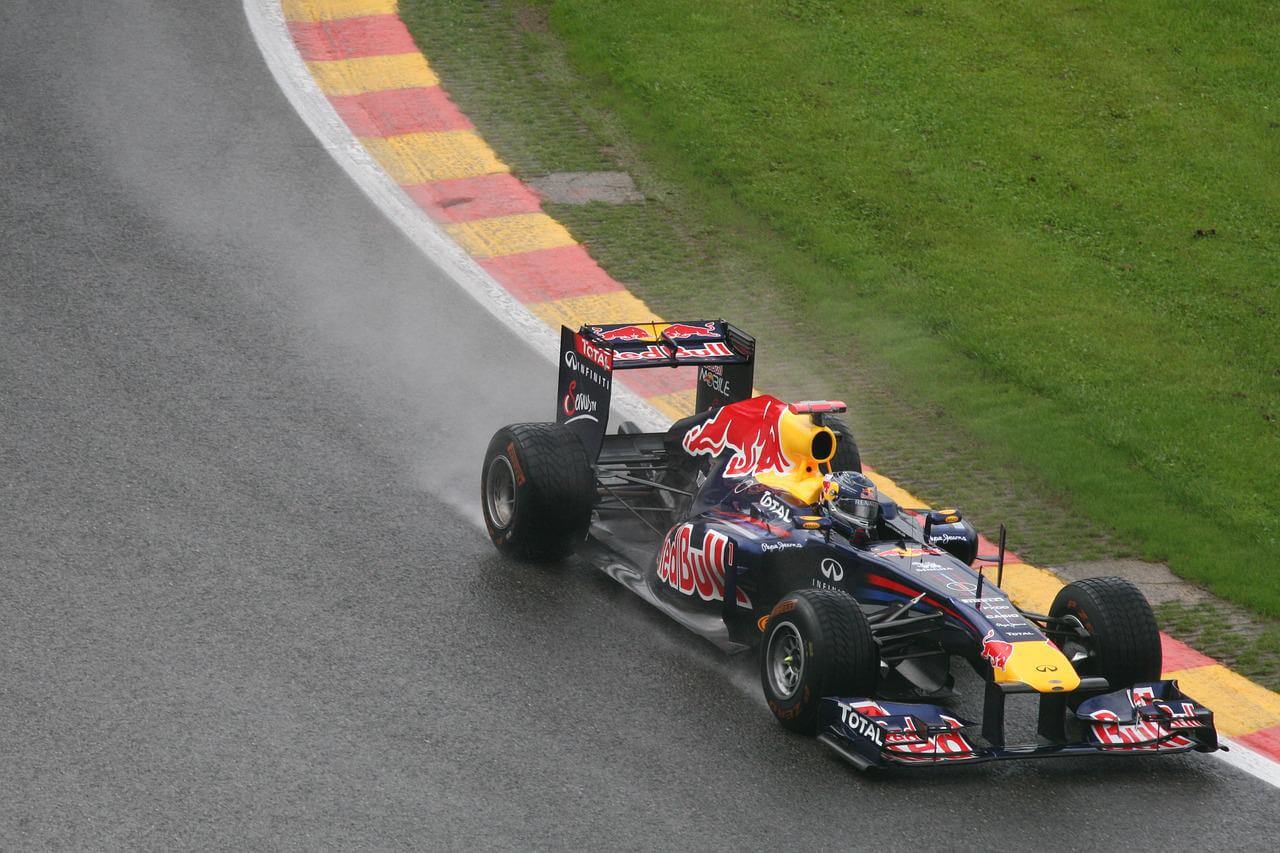The Triple Crown of Motorsport

Very likely you’ve heard of “The Triple Crown” which typically refers to thoroughbred horse racing and is composed of the Kentucky Derby, the Preakness Stakes, and the Belmont Stakes. There have been 13 horses to win all the races in a season - only one more than men who have walked on the moon so it’s a pretty exclusive club.
Did you know there’s a Triple Crown of Motorsport and the club is even more exclusive? Many of the greatest F1 drivers have tried, and many have failed.
What Is The Triple Crown of Motorsport?
It depends on who you ask. What’s universally agreed upon, however, is that two of the three jewels in this crown are the 24 Hours of Le Mans and the Indianapolis 500. The third jewel is where there’s some disagreement.
In some camps it’s the Formula 1 Monaco Grand Prix, while in other camps it’s the Formula 1 World Champion. I fall into the former camp because personally I feel it makes little sense to compare single races against an entire season, but either way you lean, only one man has completed the Triple Crown of Motorsport: Graham Hill — father of F1 champion (and Sky TV commentator) Damon Hill.
Graham Hill won the Indy 500 in 1966 and the 24 Hours of Le Mans in 1972, which takes care of the first two jewels in the crown. Regardless of which third jewel camp you fall into, Hill has you covered. He won the Formula 1 World Championship in 1962 and 1968. He won the Monaco Grand Prix a staggering 5 times in 1963, 1964, 1965, 1968 (same year he won his second F1 championship) and 1969.

Only Michael Schumacher matched his 5 wins there and only Ayrton Senna bested him with 6 wins at the iconic track. For comparison to the current Formula 1 era, Lewis Hamilton has won Monaco a paltry three times. Max Verstappen? His single Monaco win came just last year in 2021. And they’re some of the greatest F1 drivers today.
Who Else Has Tried To Achieve This Feat?
And why is it so difficult to do? To be clear, unlike the horse racing version, one does not need to complete the Triple Crown of Motorsport in a single season. Doing so is essentially impossible. There are a few Formula 1 names you likely know who have had a crack at it, most recently Fernando Alonso. He has covered the Formula 1 requirements (both as F1 champion and has two time Monaco Grand Prix winner). In 2017, while at McLaren, he competed in the Indy 500, which was held the same weekend as Monaco that year.
This led to Jenson Button fulfilling reserve driver duties at McLaren and a very funny radio call. Alonso qualified at Indy very well — 5th — but he ended up finishing 24th. He has tried twice more at Indy but his first outing was his most impressive. Alonso does, however, have the 24 Hours of Le Mans jewel in his crown winning with Toyota Gazoo Racing in 2018 and 2019. Additionally he won the World Endurance Championship (of which Le Mans is part) in the 2018-2019 season before returning to Formula 1 for 2021 at Alpine.
Other F1 names who have two of the three jewels in the Triple Crown of Motorsport include Mario Andretti, Juan Pablo Montoya, Phil Hill, Jochen Rindt, Jacques Villeneuve, and McLaren-team-namesake Bruce McLaren.

There have also been many Formula 1 drivers who went on to win at Le Mans including Brendon Hartley, Nico Hulkenberg, Martin Brundle, Johnny Herbert (seems most of the Sky F1 commentators have won at Le Mans), Alexander Wurz (currently chairman of the Grand Prix Drivers’ Association), Phil Hill, and Jackie Ickx.
Why Is The Triple Crown of Motorsport So Difficult To Achieve?
To begin with, the racing disciplines for the jewels in the Triple Crown of Motorsport are quite different. You may think Indy and Formula 1 are very similar because the cars look similar - and I wouldn’t fault you for this. In fact, for these events the disciplines are exceptionally different.
Monaco is a street circuit where the barriers are at the edge of the track. There is no wiggle room for mistakes. Nelson Piquet quipped that a lap around Monaco was like, “riding a bicycle around your living room.” Don’t hit anything, and now ride your bicycle around your living room for 78 laps. The amount of concentration required is immense, and only the greatest F1 drivers can take first in this race — and that’s just the first race of the Triple Crown of Motorsport.
The Indianapolis 500 couldn’t be more different from Monaco. Instead of twisty streets it is held on a banked oval circuit. Oval driving is very different and the speeds here are much faster than Formula 1. Not just at Monaco, but anywhere. Top speeds in Formula 1 are achieved at Monza - the Temple of Speed - and Baku. Here we’ve seen 220 mph. Indy leaves that behind with speeds approaching 240 mph in cars with significantly less downforce. While F1 cars are typically planted at high speed, Indy cars dance. These kinds of speeds punish engines like no other circuit can do.
But the granddaddy of all Triple Crown of Motorsport races - the 24 Hours of Le Mans - is where motorsport dreams are either cruelly crushed or fulfilled in magnificent glory. Endurance racing - particularly the 24 hour races - are especially difficult because they punish all parts of your racing program. Not just the cars themselves - engines, brakes, tires, etc - but your entire staff. Your drivers, mechanics, engineers - everyone - is racing against time, fatigue, and often the weather to win. It is said that simply finishing Le Mans is a feat in and of itself, never mind winning it. Just ask former Formula 1 driver Mark Webber.

At the close of the V8 era Webber retired from Formula 1 and joined Porsche’s World Endurance Championship team with an eye on winning Le Mans. In 2014 the team qualified their car second, but after 22 hours an anti-roll bar broke and they had to retire. The next year they qualified second and placed second, though they won the WEC championship overall. In his final try at Le Mans in 2016 his team qualified second, but finished 13th overall due to a water pump failure. Close, but no Triple Crown of Motorsport.
Complicating the 24 Hours of Le Mans is the fact that there are four different classes of cars racing all at the same time. Faster cars must take care in lapping slower cars and slower cars must give way to those coming through. Collisions between cars of different classes at different speeds is common, resulting in shattered dreams for two teams at once. It in fact occurred at this year’s race.
If you haven’t seen them, the documentaries Truth in 24 and Truth in 24 II follow Audi’s Le Mans attempts in 2008 and 2011. They are excellent and give you an idea of just how grueling the race is and truly how much of a team sport endurance racing is.
Will we see another member to the super exclusive club that is the Triple Crown of Motorsport? Only time will tell, but given the very different disciplines and different skills required to pull it off, for whomever achieves the Triple Crown of Motorsport, it will be universally agreed that they are a magnificent racer, truly one of the greatest F1 drivers in history.











